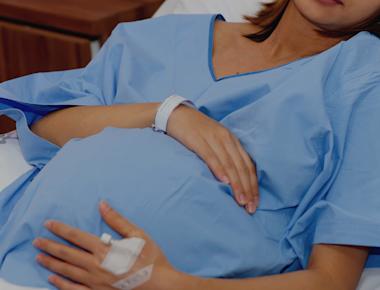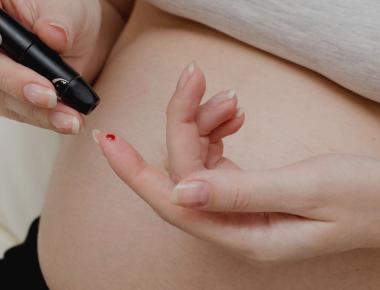
A Comparison of Magnesium Sulfate and Nimodipine for the Prevention of Eclampsia

Table Of Contents
Risk Factors of Eclampsia
Most deaths from preeclampsia and eclampsia are still caused by cerebral infarction (or stroke) and hemorrhage. It is believed that eclampsia results from cerebral vasospasm and resultant ischemia. Cerebral vasospasm is the narrowing of brain blood vessels resulting in ischemia or restricted blood flow and oxygen. Magnesium sulfate (MgSO4) has long been the treatment of choice for eclampsia in the United States but has not been adopted worldwide. MgSO4 has a cerebral vasodilator effect; it can dilate (open) the blood vessel by preventing the tightening of muscles in its wall, thereby easing blood flow.
A calcium channel-blocking drug, nimodipine, is also a cerebral vasodilator orally administered with minimal toxicity and antihypertensive properties.
In this unblinded, multicenter (in eight counties) trial, we aimed to compare the efficacy of nimodipine with that of MgSO4 in preventing seizures in patients with severe preeclampsia.
The Study Method on Magnesium Sulfate for Patients with Severe Preeclampsia
1,650 women with severe preeclampsia were randomly assigned to receive either nimodipine, 60 milligrams (mg) orally every 4 hours, or intravenous MgSO4 from enrollment until 24 hours before childbirth (after which the protocol called for cesarean section unless the delivery was imminent) and for 24 hours after birth. Intravenous hydralazine was given, as needed, to control high blood pressure.
The Results
The 819 women who received nimodipine were significantly more likely to have a seizure than those who received MgSO4. The difference was more apparent after childbirth. The relative risk for eclampsia associated with nimodipine, as compared with MgSO4, was 3.2. The nimodipine group had a significantly higher rate of postpartum seizures. 54.3% of the women in the MgSO4 group needed hydralazine to control blood pressure against 45.7% in the nimodipine group.
The Conclusion
Magnesium is found to be more effective than nimodipine in preventing seizures in women with severe preeclampsia.
Reference
A Comparison of Magnesium Sulfate and Nimodipine for the Prevention of Eclampsia
Related Posts

Quick Links
Legal Stuff






